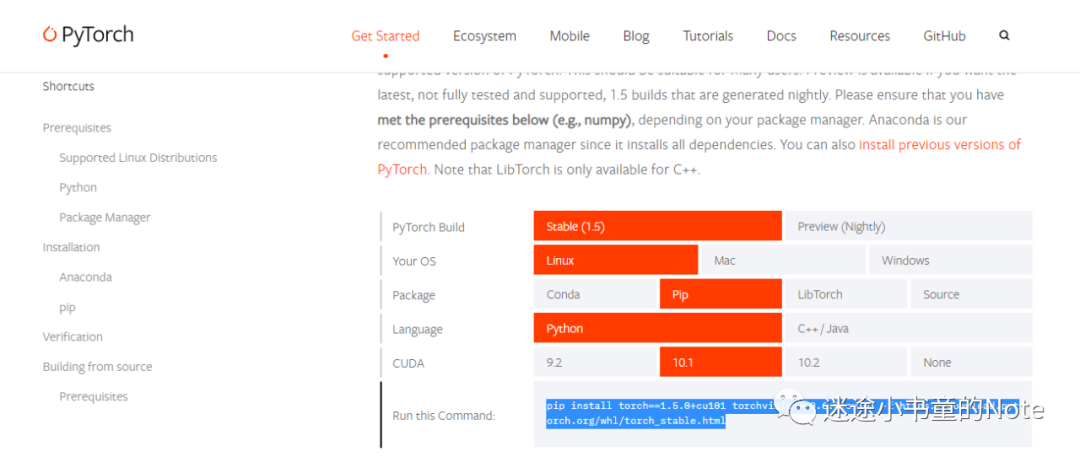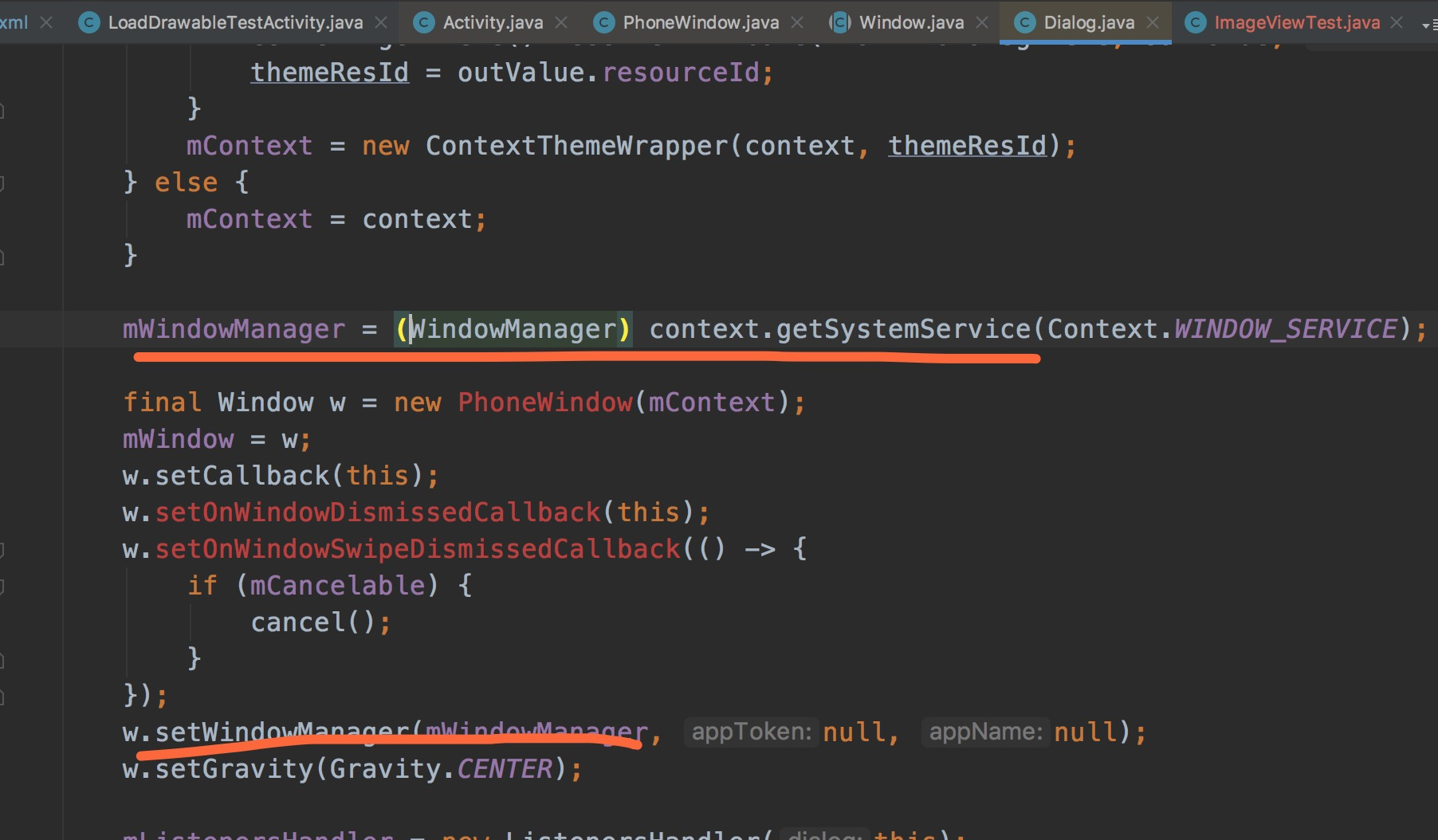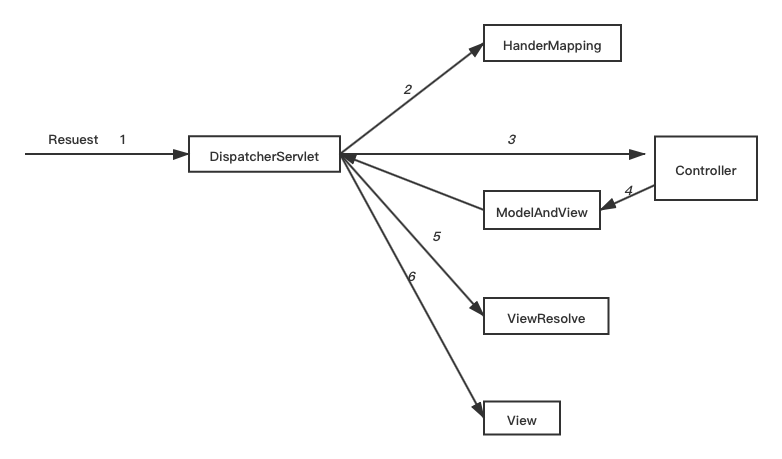可以将文章内容翻译成中文,广告屏蔽插件可能会导致该功能失效(如失效,请关闭广告屏蔽插件后再试):
问题:
I am trying to move the focus to the next element in the tab sequence based upon the current element which has focus. Thus far I have not turned up anything in my searches.
function OnFocusOut()
{
var currentElement = $get(currentElementId); // ID set by OnFocusIn
currentElementId = "";
currentElement.nextElementByTabIndex.focus();
}
Of course the nextElementByTabIndex is the key part for this to work. How do I find the next element in the tab sequence? The solution would need to be based using JScript and not something like JQuery.
回答1:
Without jquery:
First of all, on your tab-able elements, add class="tabable" this will let us select them later.
(Do not forget the "." class selector prefix in the code below)
var lastTabIndex = 10;
function OnFocusOut()
{
var currentElement = $get(currentElementId); // ID set by OnFOcusIn
var curIndex = currentElement.tabIndex; //get current elements tab index
if(curIndex == lastTabIndex) { //if we are on the last tabindex, go back to the beginning
curIndex = 0;
}
var tabbables = document.querySelectorAll(".tabable"); //get all tabable elements
for(var i=0; i<tabbables.length; i++) { //loop through each element
if(tabbables[i].tabIndex == (curIndex+1)) { //check the tabindex to see if it's the element we want
tabbables[i].focus(); //if it's the one we want, focus it and exit the loop
break;
}
}
}
回答2:
I've never implemented this, but I've looked into a similar problem, and here's what I would try.
Try this first
First, I would see if you could simply fire a keypress event for the Tab key on the element that currently has focus. There may be a different way of doing this for different browsers.
If that doesn't work, you'll have to work harder…
Referencing the jQuery implementation, you must:
- Listen for Tab and Shift+Tab
- Know which elements are tab-able
- Understand how tab order works
1. Listen for Tab and Shift+Tab
Listening for Tab and Shift+Tab are probably well-covered elsewhere on the web, so I'll skip that part.
2. Know which elements are tab-able
Knowing which elements are tab-able is trickier. Basically, an element is tab-able if it is focusable and does not have the attribute tabindex="-1" set. So then we must ask which elements are focusable. The following elements are focusable:
input, select, textarea, button, and object elements that aren't disabled.a and area elements that have an href or have a numerical value for tabindex set.- any element that has a numerical value for
tabindex set.
Furthermore, an element is focusable only if:
- None of its ancestors are
display: none.
- The computed value of
visibility is visible. This means that the nearest ancestor to have visibility set must have a value of visible. If no ancestor has visibility set, then the computed value is visible.
More details are in another Stack Overflow answer.
3. Understand how tab order works
The tab order of elements in a document is controlled by the tabindex attribute. If no value is set, the tabindex is effectively 0.
The tabindex order for the document is: 1, 2, 3, …, 0.
Initially, when the body element (or no element) has focus, the first element in the tab order is the lowest non-zero tabindex. If multiple elements have the same tabindex, you then go in document order until you reach the last element with that tabindex. Then you move to the next lowest tabindex and the process continues. Finally, finish with those elements with a zero (or empty) tabindex.
回答3:
I created a simple jQuery plugin which does just this. It uses the ':tabbable' selector of jQuery UI to find the next 'tabbable' element and selects it.
Example usage:
// Simulate tab key when element is clicked
$('.myElement').bind('click', function(event){
$.tabNext();
return false;
});
回答4:
Here's something I build for this purpose:
focusNextElement: function () {
//add all elements we want to include in our selection
var focussableElements = 'a:not([disabled]), button:not([disabled]), input[type=text]:not([disabled]), [tabindex]:not([disabled]):not([tabindex="-1"])';
if (document.activeElement && document.activeElement.form) {
var focussable = Array.prototype.filter.call(document.activeElement.form.querySelectorAll(focussableElements),
function (element) {
//check for visibility while always include the current activeElement
return element.offsetWidth > 0 || element.offsetHeight > 0 || element === document.activeElement
});
var index = focussable.indexOf(document.activeElement);
if(index > -1) {
var nextElement = focussable[index + 1] || focussable[0];
nextElement.focus();
}
}
}
Features:
- configurable set of focusable elements
- no jQuery needed
- works in all modern browsers
- fast & lightweight
回答5:
The core of the answer lies on finding the next element:
function findNextTabStop(el) {
var universe = document.querySelectorAll('input, button, select, textarea, a[href]');
var list = Array.prototype.filter.call(universe, function(item) {return item.tabIndex >= "0"});
var index = list.indexOf(el);
return list[index + 1] || list[0];
}
Usage:
var nextEl = findNextTabStop(element);
nextEl.focus();
Notice I don't care about prioritizing tabIndex.
回答6:
As mentioned in a comment above, I don't think that any browsers expose tab order information. Here a simplified approximation of what the browser does to get the next element in tab order:
var allowedTags = {input: true, textarea: true, button: true};
var walker = document.createTreeWalker(
document.body,
NodeFilter.SHOW_ELEMENT,
{
acceptNode: function(node)
{
if (node.localName in allowedTags)
return NodeFilter.FILTER_ACCEPT;
else
NodeFilter.FILTER_SKIP;
}
},
false
);
walker.currentNode = currentElement;
if (!walker.nextNode())
{
// Restart search from the start of the document
walker.currentNode = walker.root;
walker.nextNode();
}
if (walker.currentNode && walker.currentNode != walker.root)
walker.currentNode.focus();
This only considers some tags and ignores tabindex attribute but might be enough depending on what you are trying to achieve.
回答7:
It seems that you can check the tabIndex property of an element to determine if it is focusable. An element that is not focusable has a tabindex of "-1".
Then you just need to know the rules for tab stops:
tabIndex="1" has the highest priorty.tabIndex="2" has the next highest priority.tabIndex="3" is next, and so on.tabIndex="0" (or tabbable by default) has the lowest priority.tabIndex="-1" (or not tabbable by default) does not act as a tab stop.- For two elements that have the same tabIndex, the one that appears first in the DOM has the higher priority.
Here is an example of how to build the list of tab stops, in sequence, using pure Javascript:
function getTabStops(o, a, el) {
// Check if this element is a tab stop
if (el.tabIndex > 0) {
if (o[el.tabIndex]) {
o[el.tabIndex].push(el);
} else {
o[el.tabIndex] = [el];
}
} else if (el.tabIndex === 0) {
// Tab index "0" comes last so we accumulate it seperately
a.push(el);
}
// Check if children are tab stops
for (var i = 0, l = el.children.length; i < l; i++) {
getTabStops(o, a, el.children[i]);
}
}
var o = [],
a = [],
stops = [],
active = document.activeElement;
getTabStops(o, a, document.body);
// Use simple loops for maximum browser support
for (var i = 0, l = o.length; i < l; i++) {
if (o[i]) {
for (var j = 0, m = o[i].length; j < m; j++) {
stops.push(o[i][j]);
}
}
}
for (var i = 0, l = a.length; i < l; i++) {
stops.push(a[i]);
}
We first walk the DOM, collecting up all tab stops in sequence with their index. We then assemble the final list. Notice that we add the items with tabIndex="0" at the very end of the list, after the items with a tabIndex of 1, 2, 3, etc.
For a fully working example, where you can tab around using the "enter" key, check out this fiddle.
回答8:
Did you specify your own tabIndex values for each element you want to cycle through?
if so, you can try this:
var lasTabIndex = 10; //Set this to the highest tabIndex you have
function OnFocusOut()
{
var currentElement = $get(currentElementId); // ID set by OnFocusIn
var curIndex = $(currentElement).attr('tabindex'); //get the tab index of the current element
if(curIndex == lastTabIndex) { //if we are on the last tabindex, go back to the beginning
curIndex = 0;
}
$('[tabindex=' + (curIndex + 1) + ']').focus(); //set focus on the element that has a tab index one greater than the current tab index
}
You are using jquery, right?
回答9:
Hope this is helpful.
<input size="2" tabindex="1" id="one"
maxlength="2" onkeyup="toUnicode(this)" />
<input size="2" tabindex="2" id="two"
maxlength="2" onkeyup="toUnicode(this)" />
<input size="2" tabindex="3" id="three"
maxlength="2" onkeyup="toUnicode(this)" />
then use simple javascript
function toUnicode(elmnt)
{
var next;
if (elmnt.value.length==elmnt.maxLength)
{
next=elmnt.tabIndex + 1;
//look for the fields with the next tabIndex
var f = elmnt.form;
for (var i = 0; i < f.elements.length; i++)
{
if (next<=f.elements[i].tabIndex)
{
f.elements[i].focus();
break;
}
}
}
}
回答10:
Tabbable is a small JS package that gives you a list of all tabbable elements in tab order. So you could find your element within that list, then focus on the next list entry.
The package correctly handles the complicated edge cases mentioned in other answers (e.g., no ancestor can be display: none). And it doesn't depend on jQuery!
As of this writing (version 1.1.1), it has the caveats that it doesn't support IE8, and that browser bugs prevent it from handling contenteditable correctly.
回答11:
This is my first post on SO, so I don't have enough reputation to comment the accepted answer, but I had to modify the code to the following:
export function focusNextElement () {
//add all elements we want to include in our selection
const focussableElements =
'a:not([disabled]), button:not([disabled]), input[type=text]:not([disabled])'
if (document.activeElement && document.activeElement.form) {
var focussable = Array.prototype.filter.call(
document.activeElement.form.querySelectorAll(focussableElements),
function (element) {
// if element has tabindex = -1, it is not focussable
if ( element.hasAttribute('tabindex') && element.tabIndex === -1 ){
return false
}
//check for visibility while always include the current activeElement
return (element.offsetWidth > 0 || element.offsetHeight > 0 ||
element === document.activeElement)
});
console.log(focussable)
var index = focussable.indexOf(document.activeElement);
if(index > -1) {
var nextElement = focussable[index + 1] || focussable[0];
console.log(nextElement)
nextElement.focus()
}
}
}
The changing of var to constant is non-critical. The main change is that we get rid of the selector that checks tabindex != "-1". Then later, if the element has the attribute tabindex AND it is set to "-1", we do NOT consider it focussable.
The reason I needed to change this was because when adding tabindex="-1" to an <input>, this element was still considered focussable because it matches the "input[type=text]:not([disabled])" selector. My change is equivalent to "if we are a non-disabled text input, and we have a tabIndex attribute, and the value of that attribute is -1, then we should not be considered focussable.
I believe that when the author of the accepted answer edited their answer to account for the tabIndex attribute, they did not do so correctly. Please let me know if this is not the case
回答12:
Here is a more complete version of focusing on the next element. It follows the spec guidelines and sorts the list of elements correctly by using tabindex. Also a reverse variable is defined if you want to get the previous element.
function focusNextElement( reverse, activeElem ) {
/*check if an element is defined or use activeElement*/
activeElem = activeElem instanceof HTMLElement ? activeElem : document.activeElement;
let queryString = [
'a:not([disabled]):not([tabindex="-1"])',
'button:not([disabled]):not([tabindex="-1"])',
'input:not([disabled]):not([tabindex="-1"])',
'select:not([disabled]):not([tabindex="-1"])',
'[tabindex]:not([disabled]):not([tabindex="-1"])'
/* add custom queries here */
].join(','),
queryResult = Array.prototype.filter.call(document.querySelectorAll(queryString), elem => {
/*check for visibility while always include the current activeElement*/
return elem.offsetWidth > 0 || elem.offsetHeight > 0 || elem === activeElem;
}),
indexedList = queryResult.slice().filter(elem => {
/* filter out all indexes not greater than 0 */
return elem.tabIndex == 0 || elem.tabIndex == -1 ? false : true;
}).sort((a, b) => {
/* sort the array by index from smallest to largest */
return a.tabIndex != 0 && b.tabIndex != 0
? (a.tabIndex < b.tabIndex ? -1 : b.tabIndex < a.tabIndex ? 1 : 0)
: a.tabIndex != 0 ? -1 : b.tabIndex != 0 ? 1 : 0;
}),
focusable = [].concat(indexedList, queryResult.filter(elem => {
/* filter out all indexes above 0 */
return elem.tabIndex == 0 || elem.tabIndex == -1 ? true : false;
}));
/* if reverse is true return the previous focusable element
if reverse is false return the next focusable element */
return reverse ? (focusable[focusable.indexOf(activeElem) - 1] || focusable[focusable.length - 1])
: (focusable[focusable.indexOf(activeElem) + 1] || focusable[0]);
}





